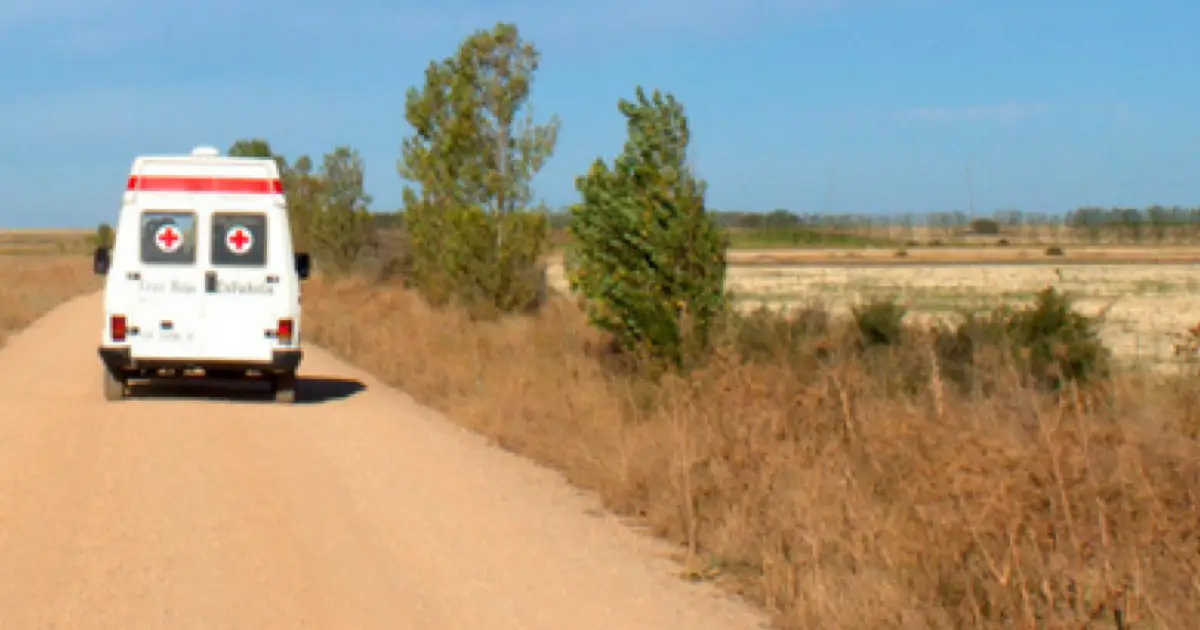Advancing EMS Through Research: Volume VII

The "Advancing EMS Through Research" series highlights EMS educational research projects conducted at our annual Fisdap Research Summit. To view more research projects, please visit: http://www.fisdap.net/research/projects.
The following abstract was developed during the 2012 Research Summit.
Childlike Wonder: The Current State of Paramedic Student Pediatric Clinical Education
Principle Investigator: Gordon A. Kokx, MS, NREMT-P
Co-Investigators: Sandi Wewerka, MPH; Thomas Brazelton III, MD, MPH; Gabe Romero, MBA, NREMT-P; Kate Hanson BA; Laura Holyoke, PhD; Sherman Syverson, MS, NREMT-P
Purpose:
To evaluate the quantity, location, frequency, and pathology of paramedic student pediatric clinical experiences.
Introduction:
The 1998 DOT NSC recommends 30 pediatric patient encounters of various age groups. The NEMSE Standards require “competency” in caring for pediatric patients. No research exists evaluating the current state of paramedic student pediatric clinical experiences.
Methods:
This study was designed as a retrospective review of student records from FISDAPTM, a national database of prospectively reported internship experiences. 313,211 pediatric encounters, submitted from 9,152 students between 2001-2011 met the inclusion criteria: 1) graduated from paramedic program, 2) verification of reported data, and 3) student provided consent for research. Pediatric encounters were evaluated based on age, location (rural, urban, suburban), and pathology (medical, trauma).
Results:
Descriptive statistics and chi square tests revealed significant differences in the types (clinical, field, lab), locations, and pathology of pediatric patients being experienced during their encounters. Our results indicate that as the age of the pediatric patient increases, paramedics report more encounters regardless of specific setting or pathology.
Conclusion:
Paramedic students average 33 pediatric patient contacts with highly variable settings, ages, and pathologies. Creative methods appear needed to increase access in all categories of pediatric clinical encounters in order to ensure student competencies.
Hungry for more EMS research? View more Fisdap Research Summit projects, or sign up for the next Prehospital Care Research Forum (PCRF) Journal Club discussion, sponsored by Fisdap.